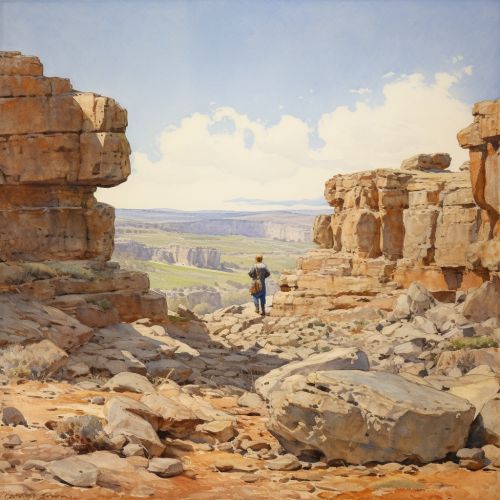William Smith (geologist)
Early Life and Education
William Smith was born on March 23, 1769, in Churchill, Oxfordshire, England. His father, John Smith, was a blacksmith, and his mother, Ann Smith, was a housewife. Smith was the eldest of five children. His early education was at the local village school, where he developed an interest in geology and fossils.


Smith's interest in geology was further sparked when he was sent to live with his uncle in London at the age of 18. Here, he was exposed to the works of James Hutton, a prominent geologist of the time, and other scientific literature. He also attended lectures at the British Museum, which further fueled his interest in the natural sciences.
Career and Contributions
Smith began his career as a surveyor's assistant in 1787. He then worked as a land surveyor for the Somersetshire Coal Canal Company. During his work, he noticed the patterns of layers of rock, or stratigraphy, and the fossil content of these layers. This observation led him to the realization that rocks could be dated based on the fossils they contained, a principle now known as the Law of Faunal Succession.


In 1799, Smith produced the first large-scale geological map of the area around Bath, Somerset. This was followed by his most significant work, a geological map of England and Wales with part of Scotland, published in 1815. This map, often referred to as "The Map that Changed the World," was the first national-scale geological map, and it laid the foundation for the science of geological mapping.
Despite his significant contributions to geology, Smith faced financial difficulties and was imprisoned for debt in 1819. After his release, he continued his geological work, but his contributions were largely unrecognized during his lifetime. It was not until 1831 that he was finally awarded the first Wollaston Medal, the highest award of the Geological Society of London, for his work in geology.
Legacy
Smith's work has had a profound impact on the field of geology. His principles of stratigraphy and faunal succession are still used today in the study and dating of rocks. His geological map of England and Wales has been called "the map that changed the world" and is considered a milestone in the history of geology.


Despite the challenges he faced during his life, Smith's contributions to geology have been recognized posthumously. He is often referred to as "Strata Smith" or "the Father of English Geology." His life and work continue to inspire geologists and earth scientists today.
